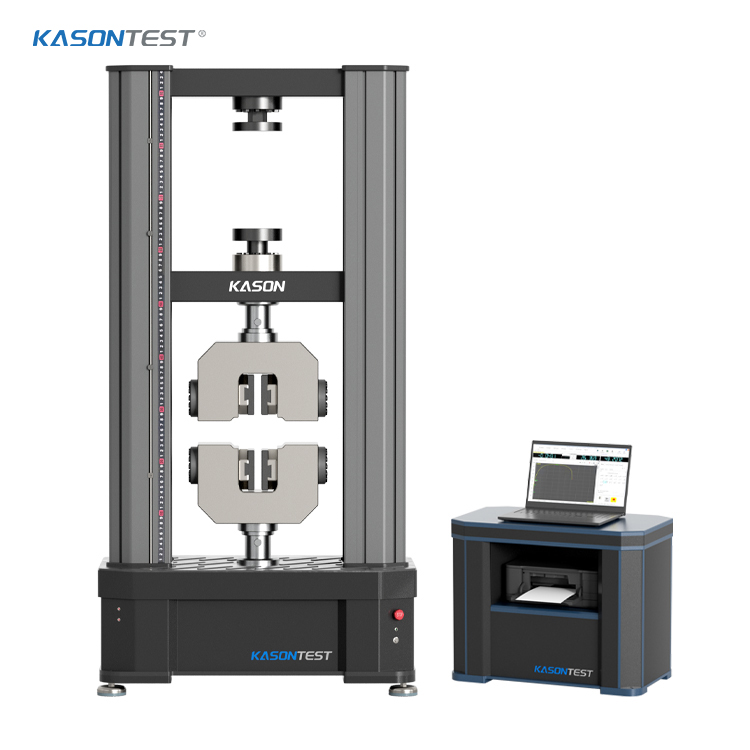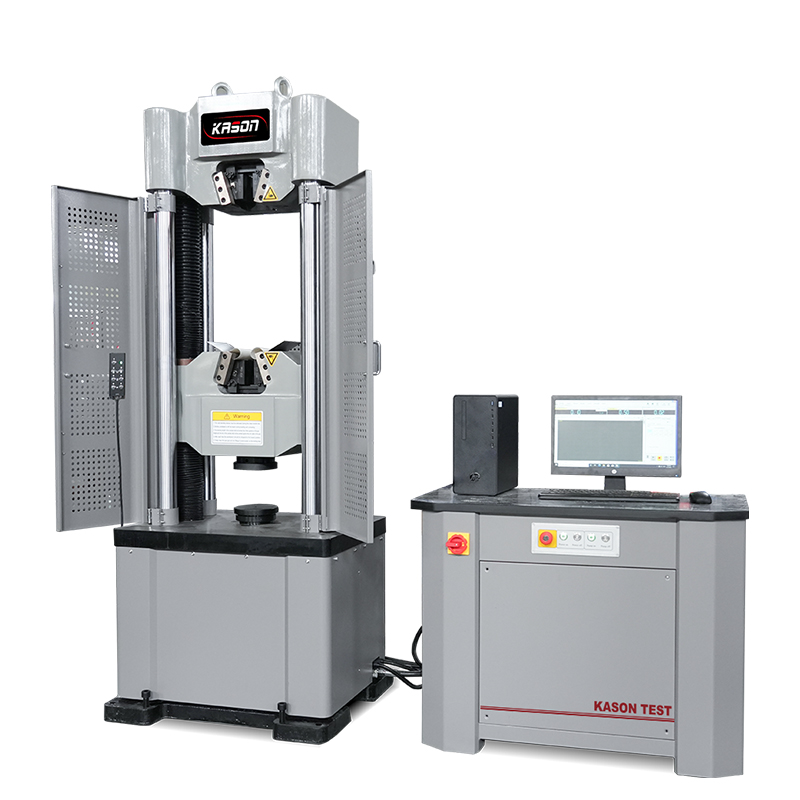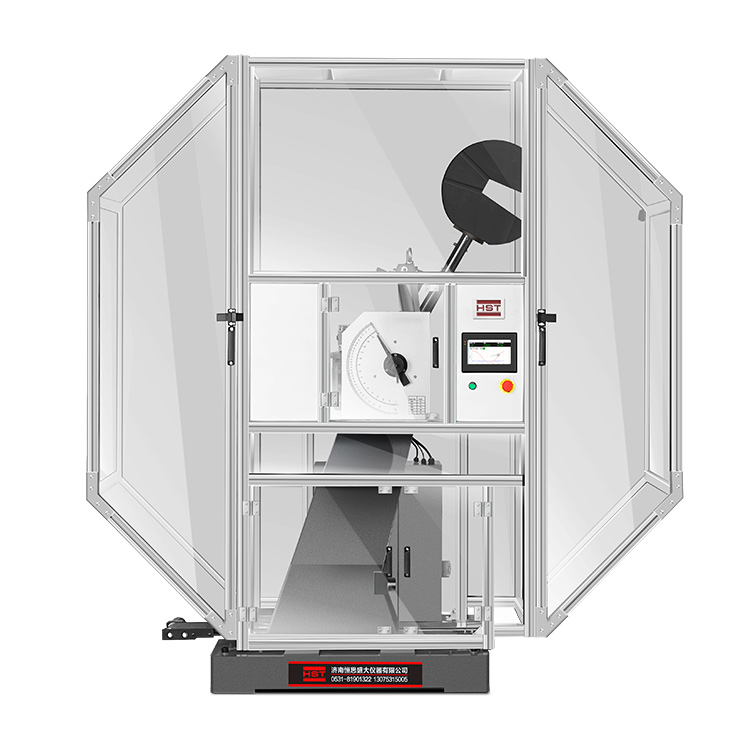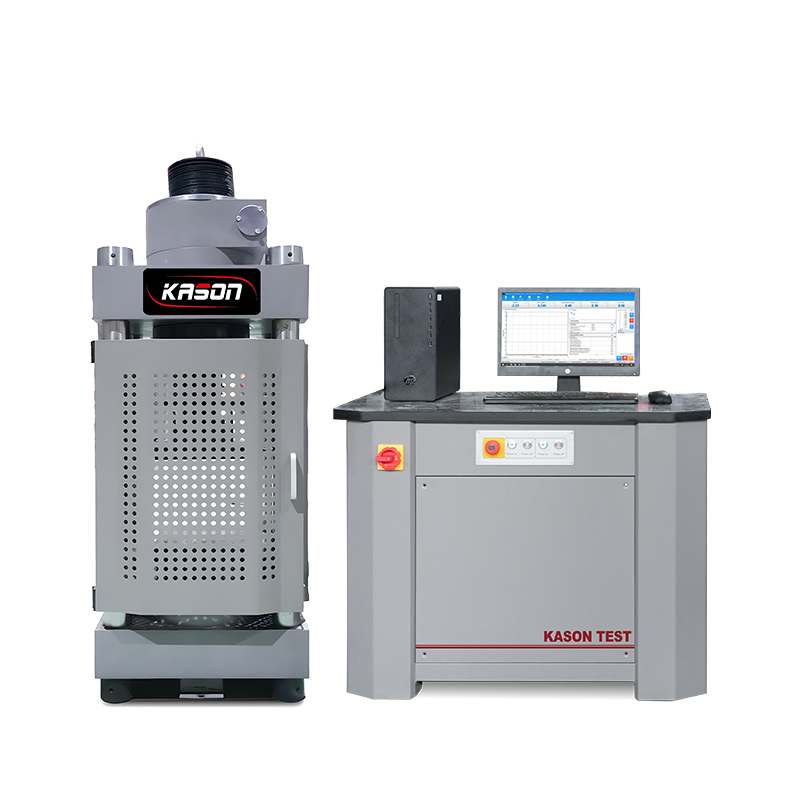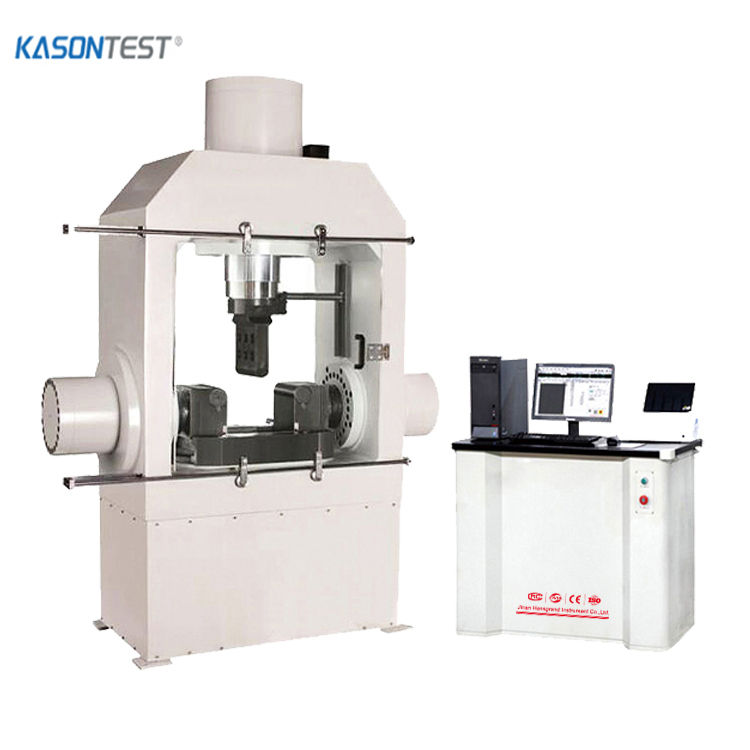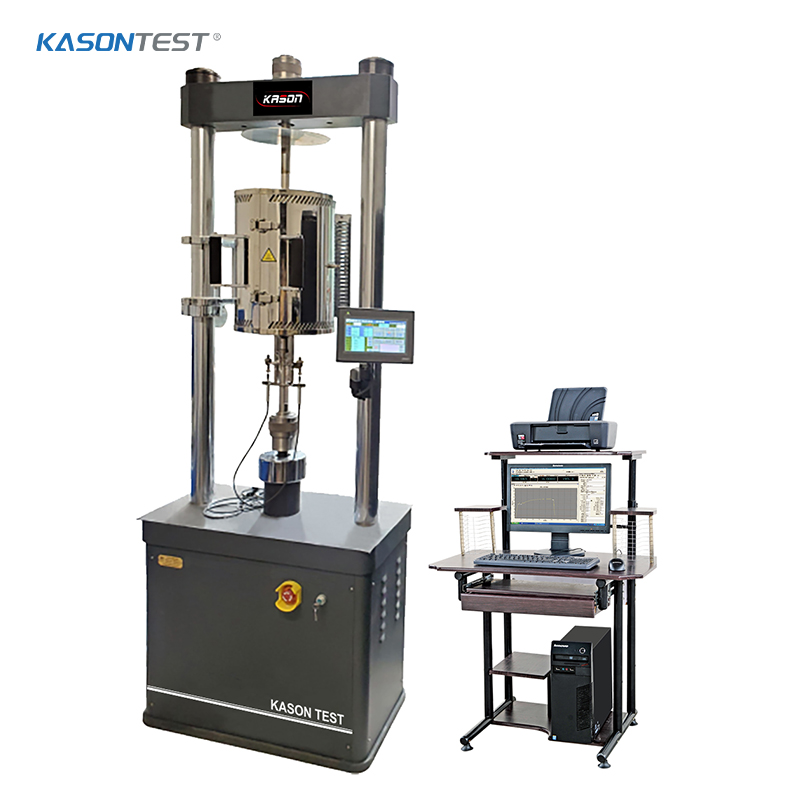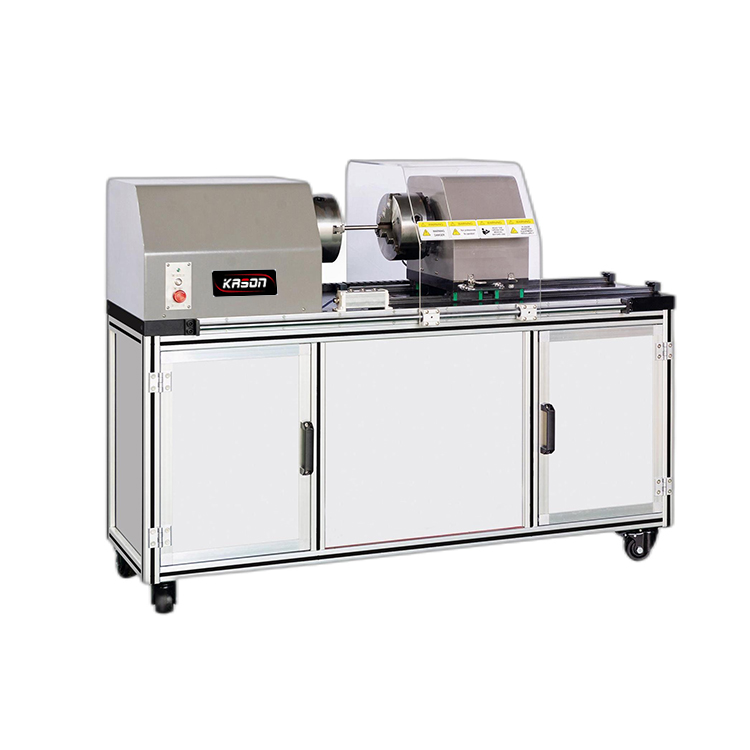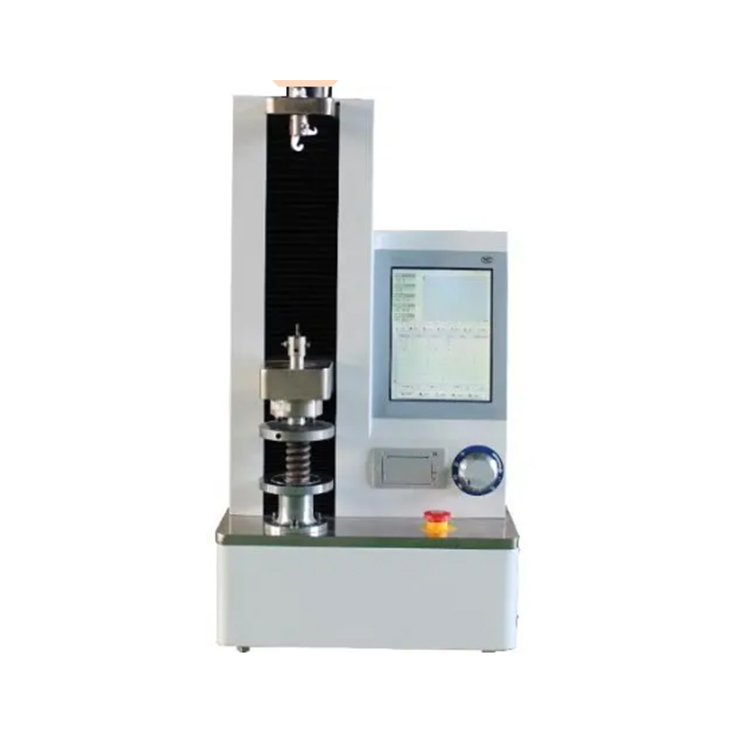Introduction to Abrasion Testing
Abrasion testing is a critical method used to evaluate a material's resistance to wear caused by friction, scraping, or rubbing against another surface. This test simulates the wear and tear that materials experience in real-world applications, providing valuable data on their durability, lifespan, and suitability for specific uses. From industrial components to consumer products, abrasion resistance is a key factor in determining performance and reliability.
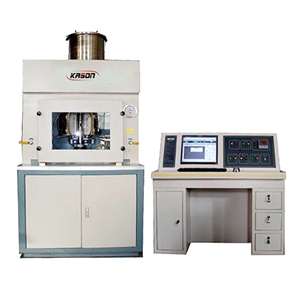
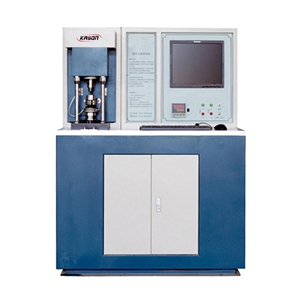
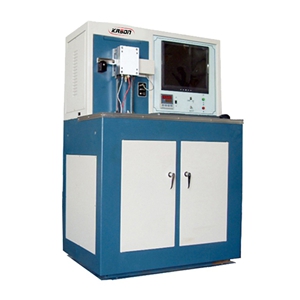
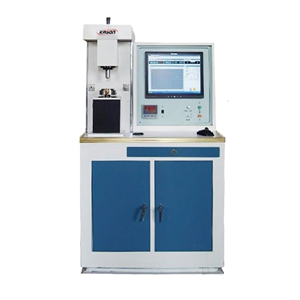
Purpose of Abrasion Testing
The primary goal of abrasion testing is to measure how quickly a material loses mass, thickness, or surface integrity when subjected to abrasive forces. This information helps manufacturers select appropriate materials for products that encounter wear, such as:
- Automotive parts (brake pads, tires, gears)
- Industrial machinery components (bearings, conveyor belts)
- Flooring materials (tiles, carpets, concrete)
- Consumer goods (shoes, electronics casings, cookware)
- Coatings and finishes (paints, plating, protective layers)
By comparing abrasion resistance across materials, engineers can optimize product design, reduce maintenance costs, and ensure safety in applications where wear could lead to failure.
Common Abrasion Testing Methods
Several standardized methods are used for abrasion testing, each tailored to specific materials and wear conditions:
1. Taber Abrasion Test (ASTM D4060, ISO 9352)
This widely used method involves mounting a flat specimen on a rotating platform. Two abrasive wheels (typically made of materials like silicon carbide or alumina) press against the specimen with a controlled load as it rotates. The wheels wear the surface, and the mass loss or volume loss of the specimen is measured after a specified number of rotations. The test is ideal for evaluating coatings, plastics, and textiles.
2. Dry Sand/Rubber Wheel Abrasion Test (ASTM G65)
Designed for metals and ceramics, this test uses a stream of dry sand to abrade a specimen pressed against a rotating rubber wheel. The mass loss of the specimen is measured, and the abrasion resistance is calculated as the volume loss per unit of abrasive mass (or per unit load). It simulates wear from abrasive particles, such as in mining or construction equipment.
3. Rotating Cylinder Abrasion Test (ASTM G75)
A cylindrical specimen rotates against a stationary abrasive surface (e.g., a grinding wheel or sandpaper) under a constant load. This method is used to evaluate the abrasion resistance of metals and composites, particularly in high-wear applications like shafts or cylinders.
4. Pin-on-Disc Test (ASTM G99)
A small pin (the test material) is pressed against a rotating disc (the abrasive surface) with a specified load. The friction force and wear rate are measured, making this test useful for studying friction and wear mechanisms in materials like lubricants, polymers, and metals.

